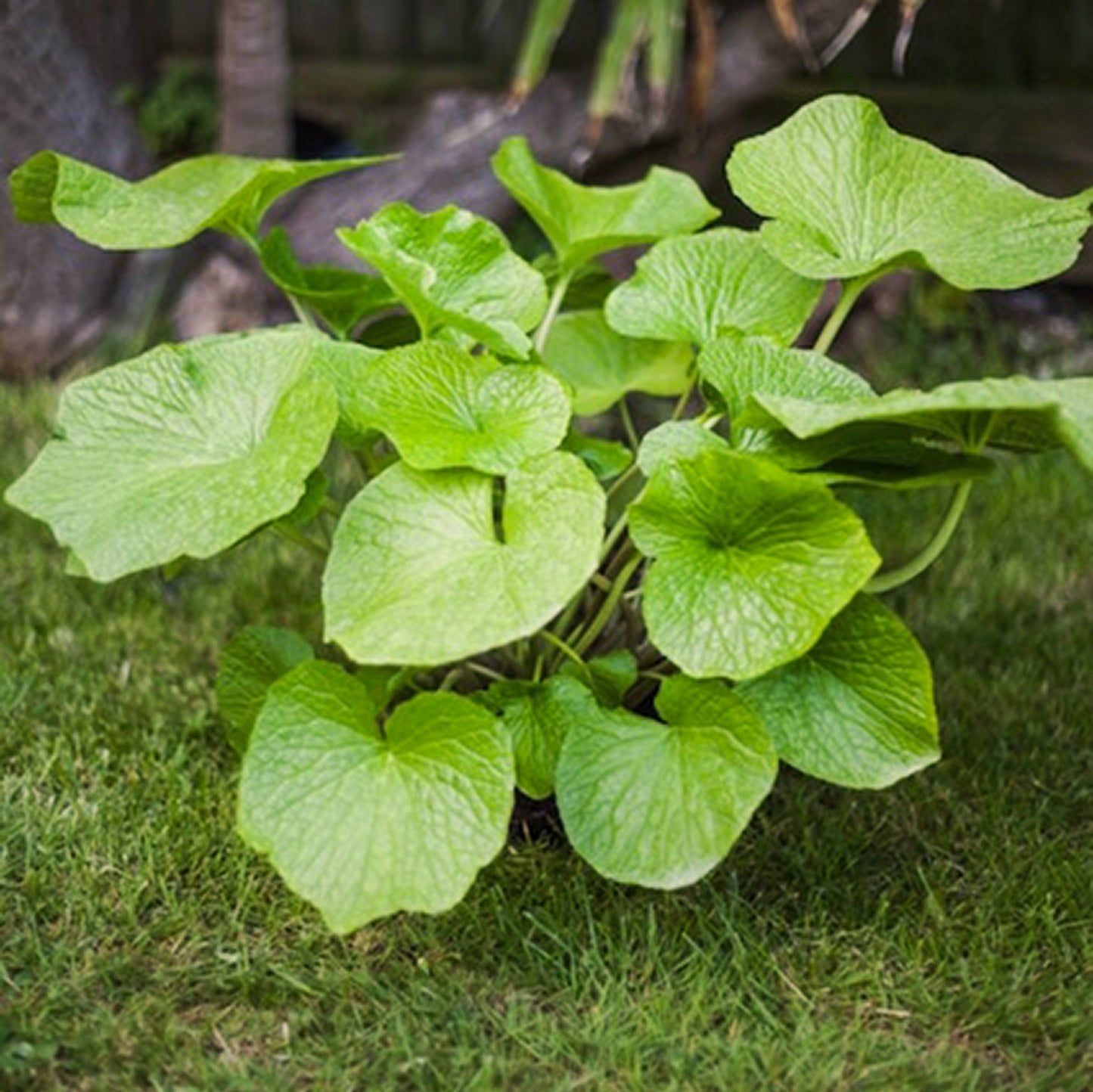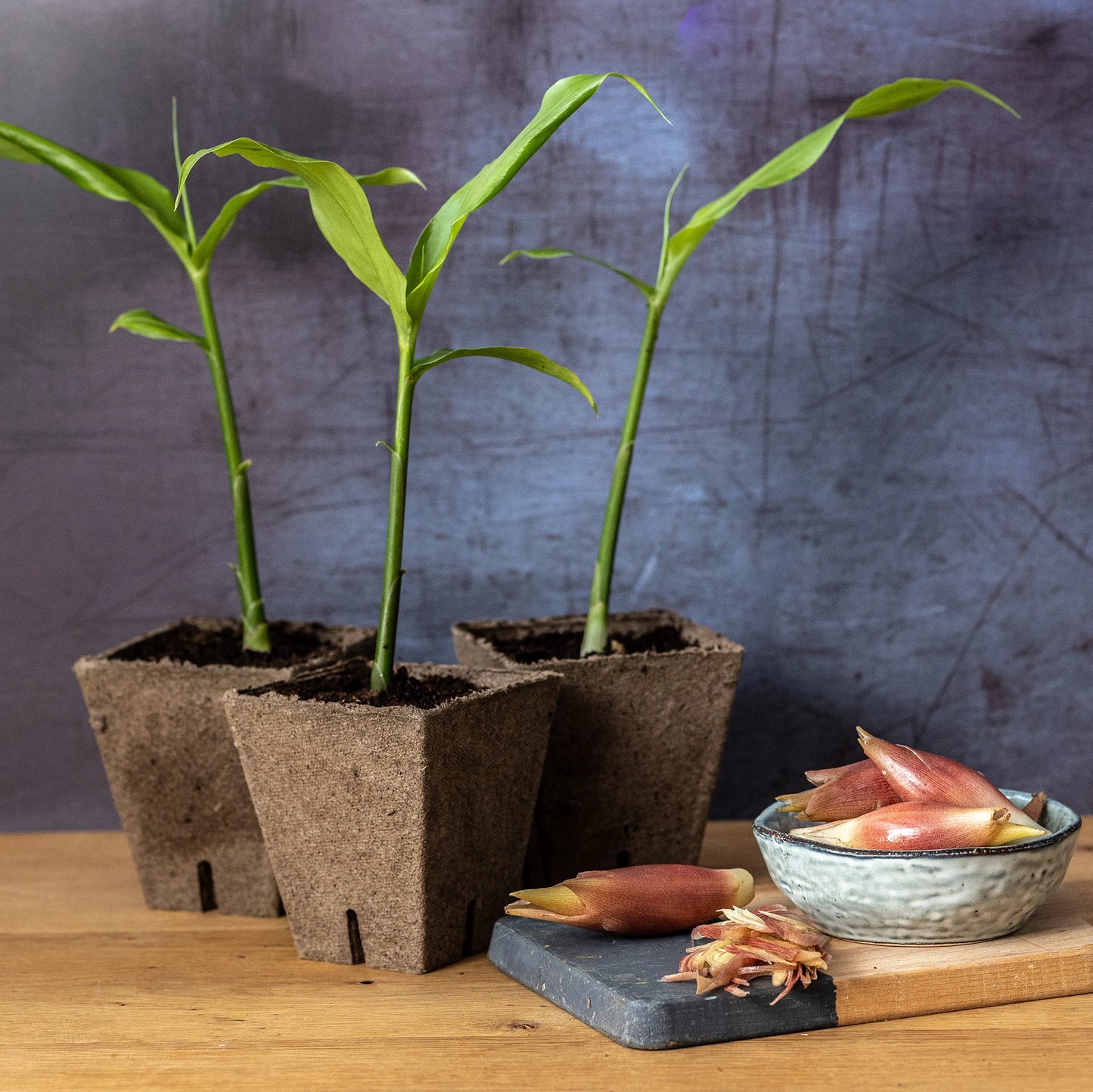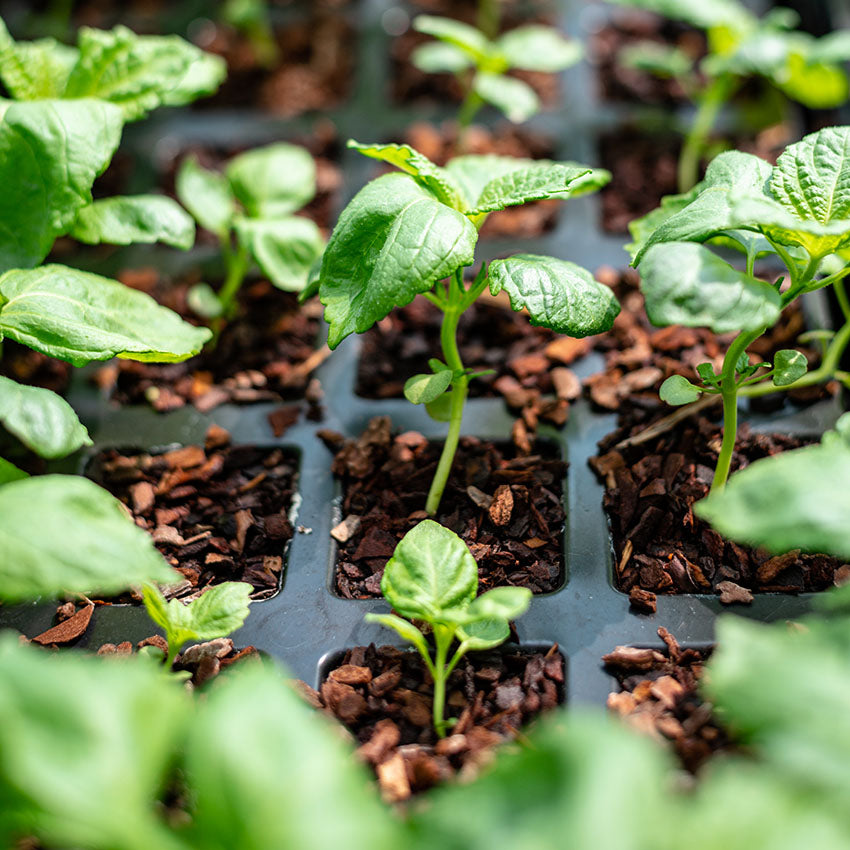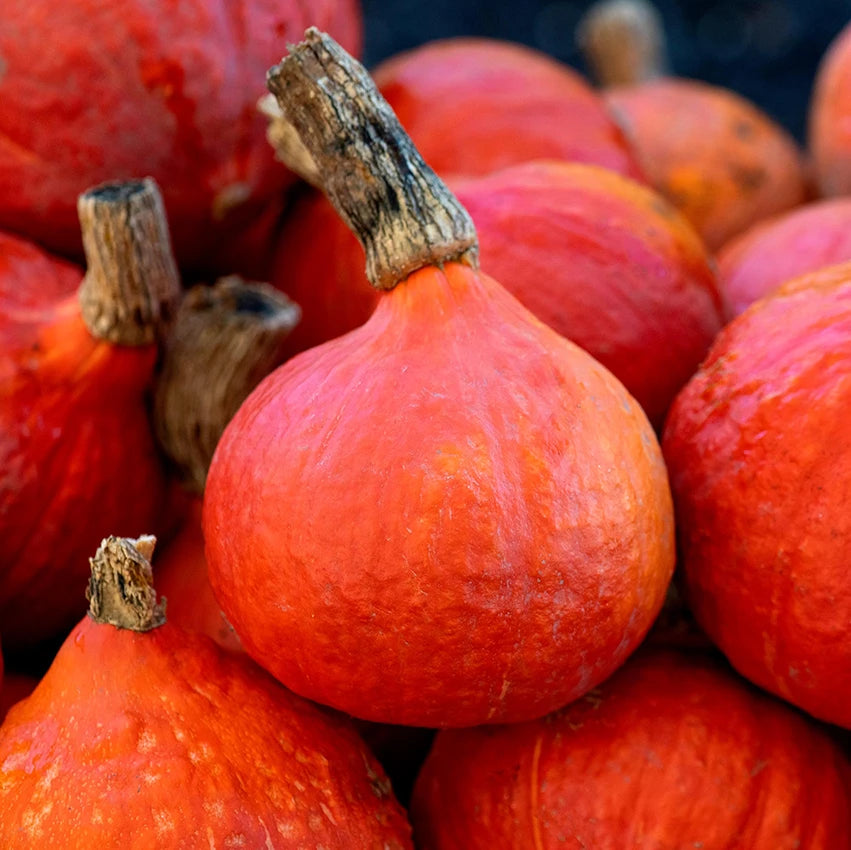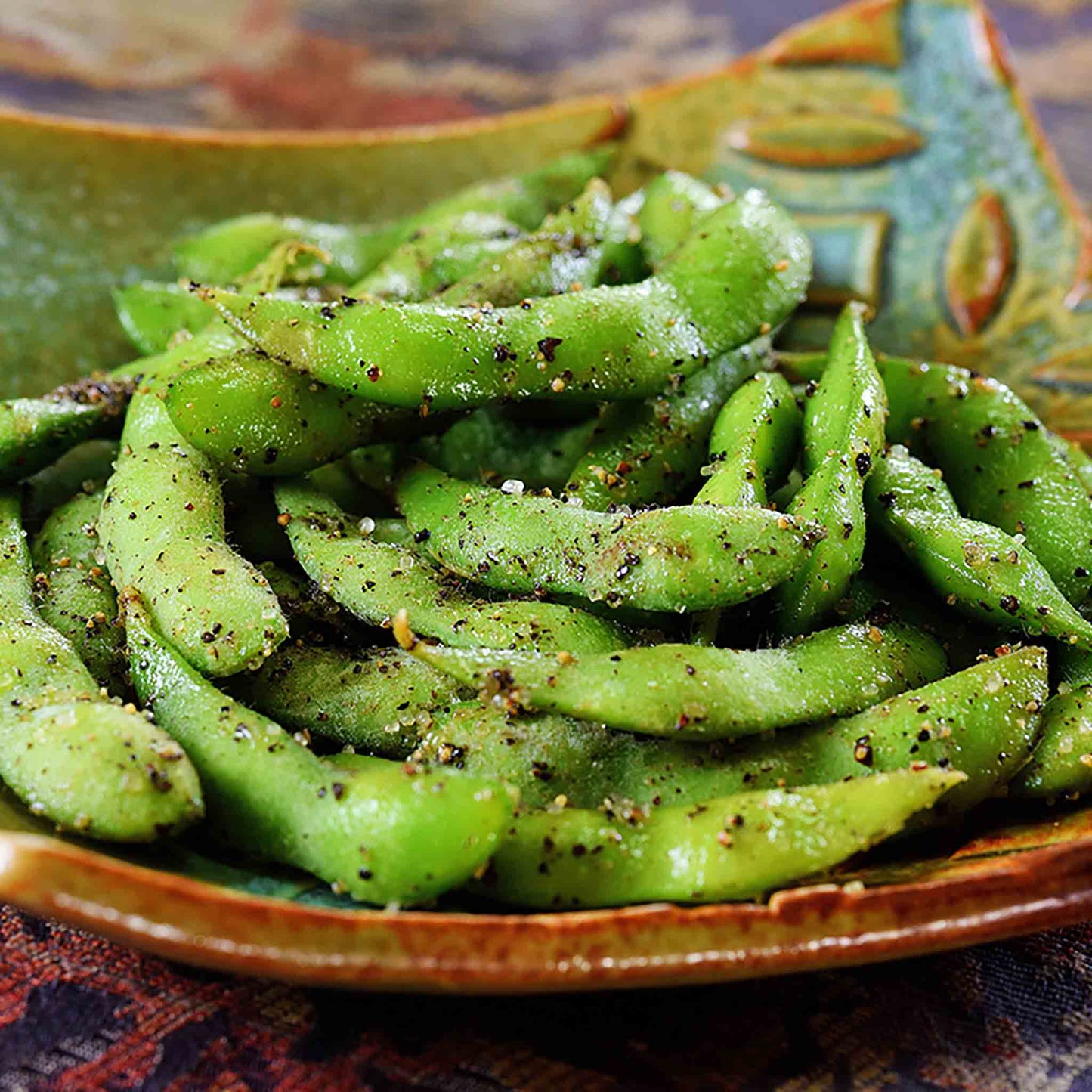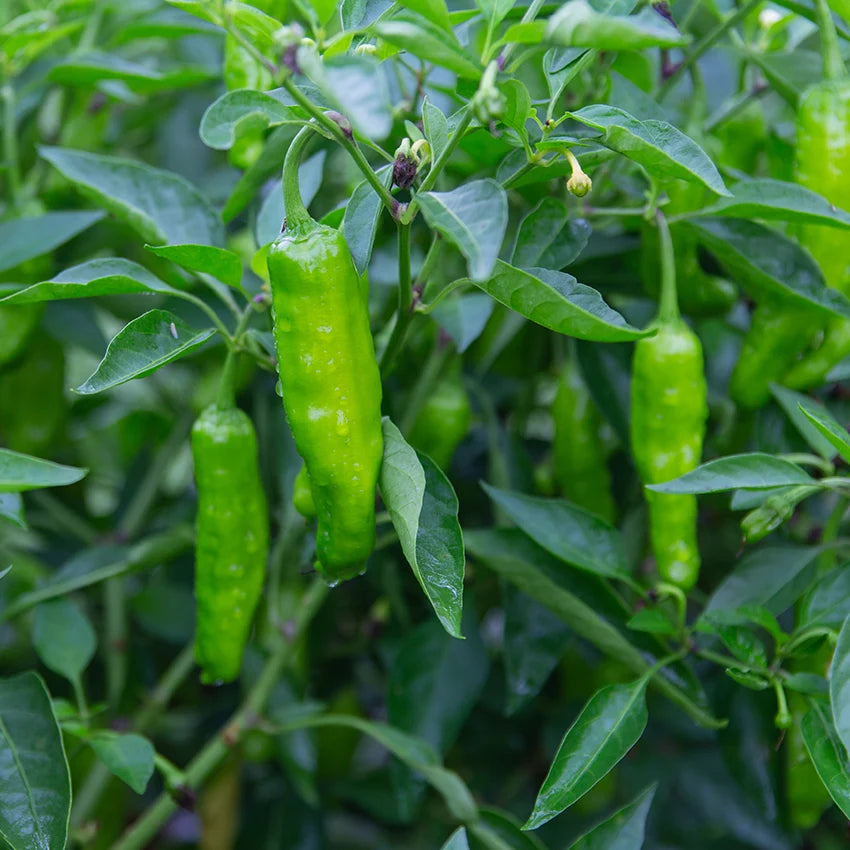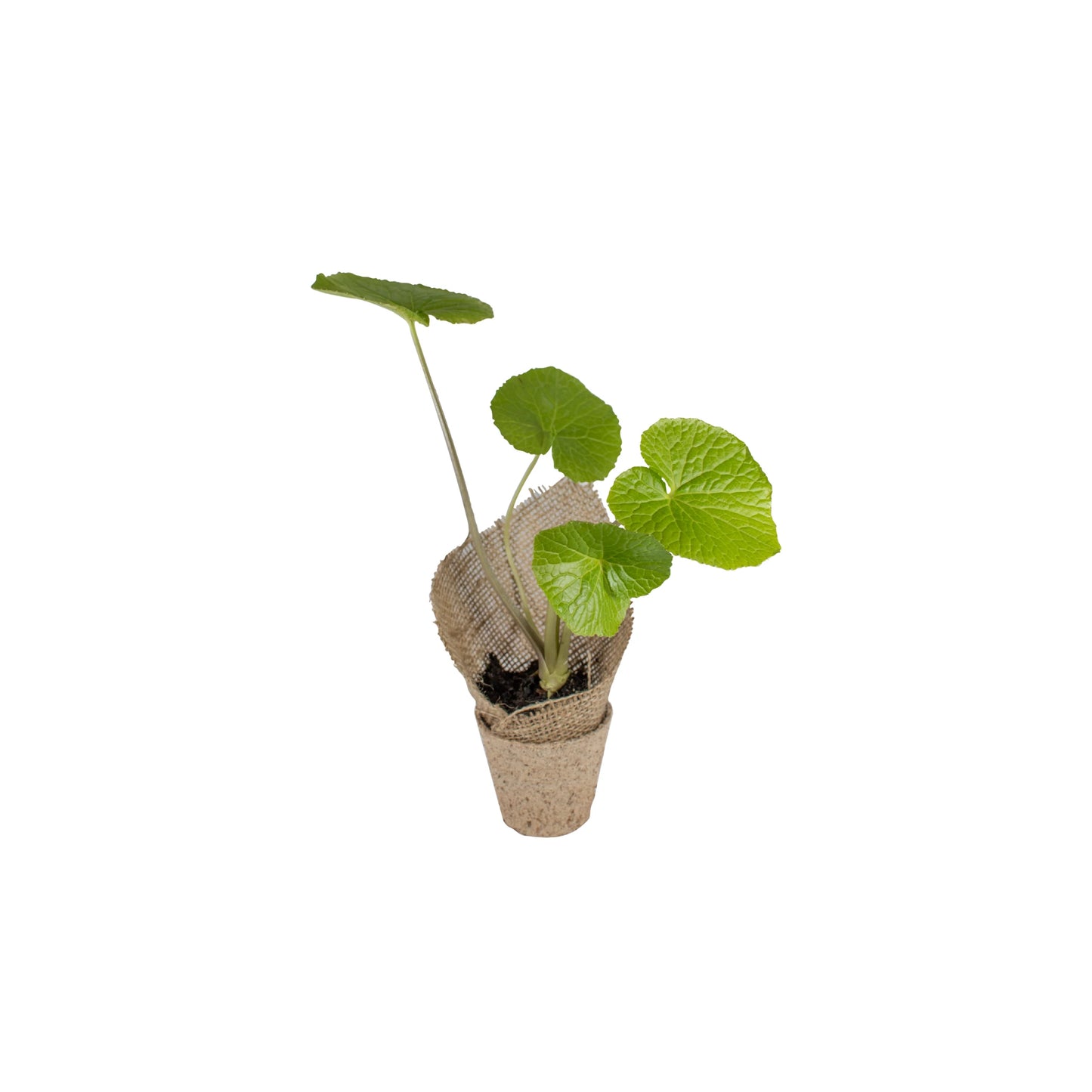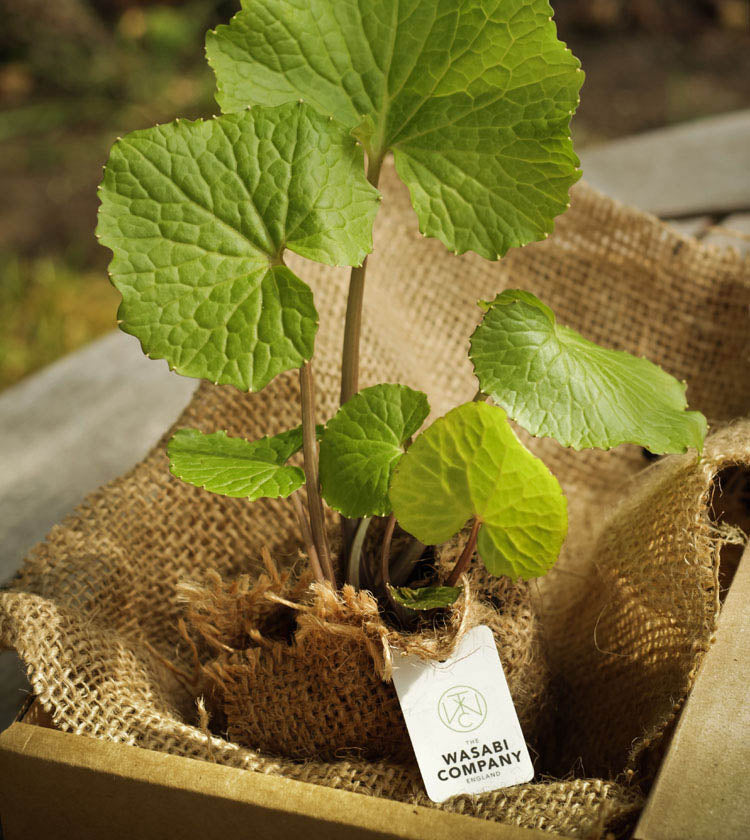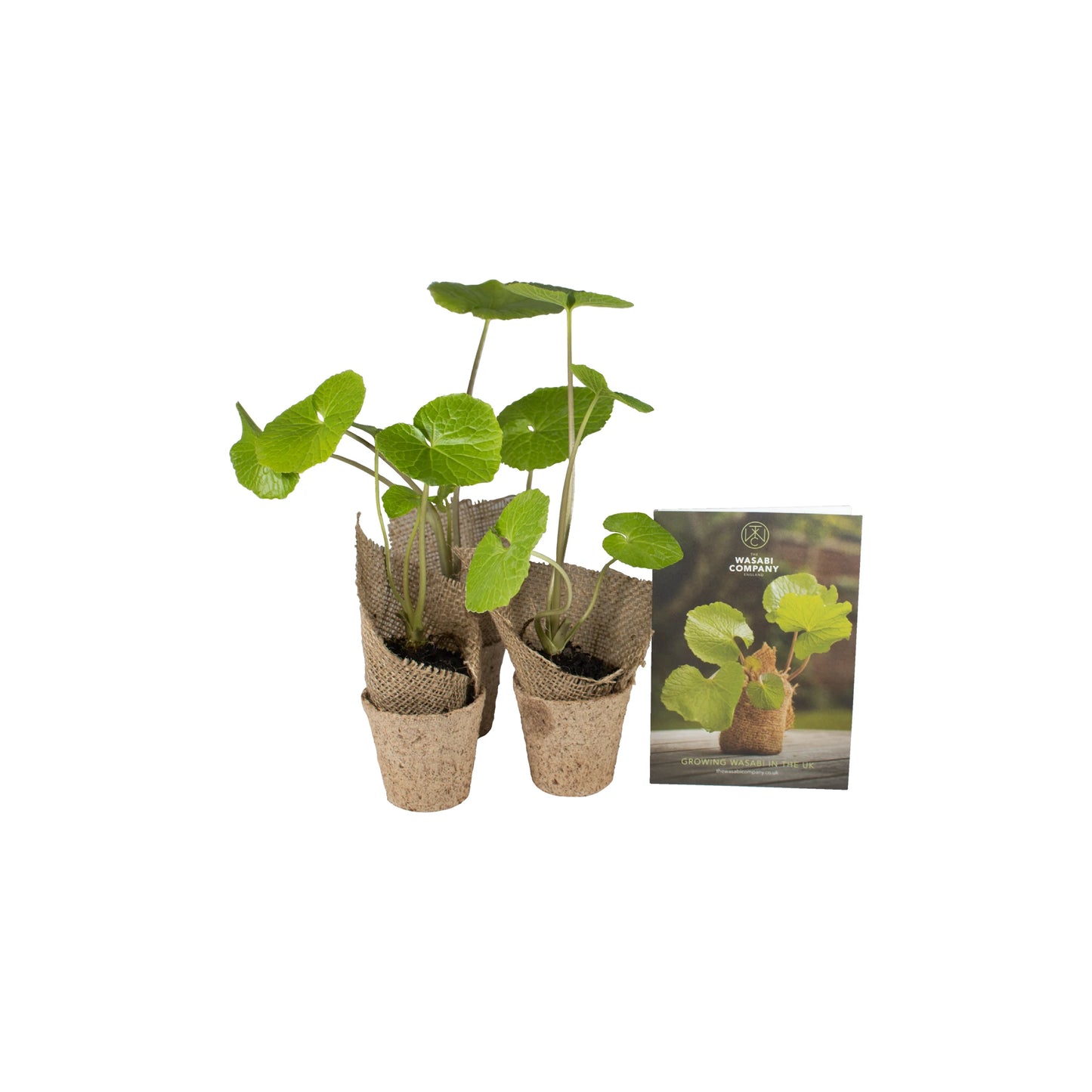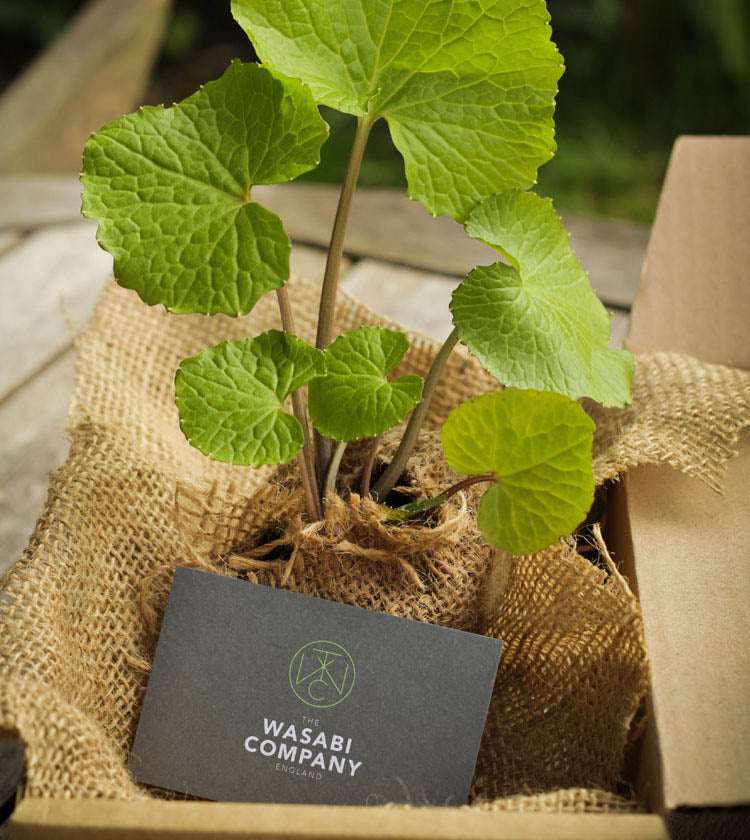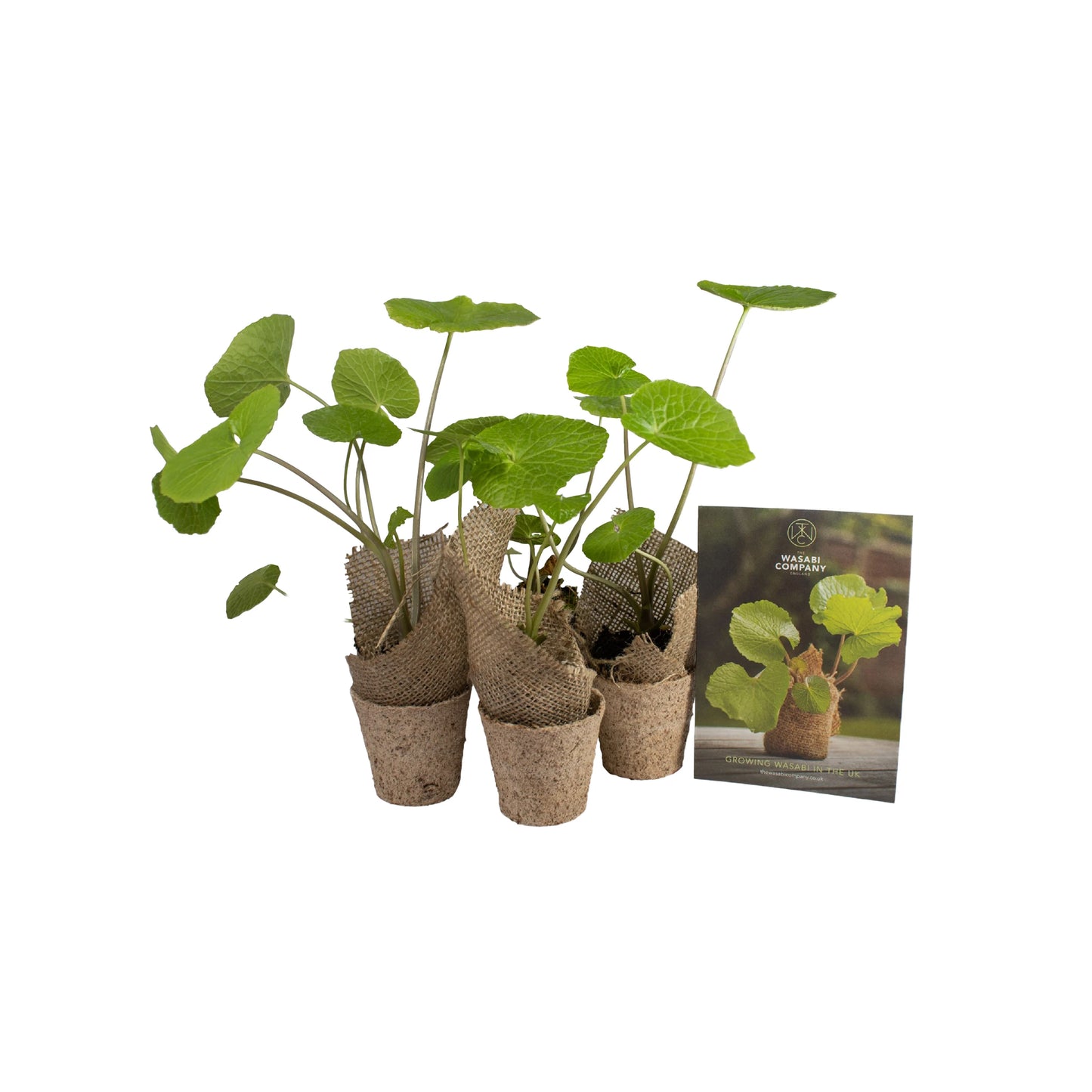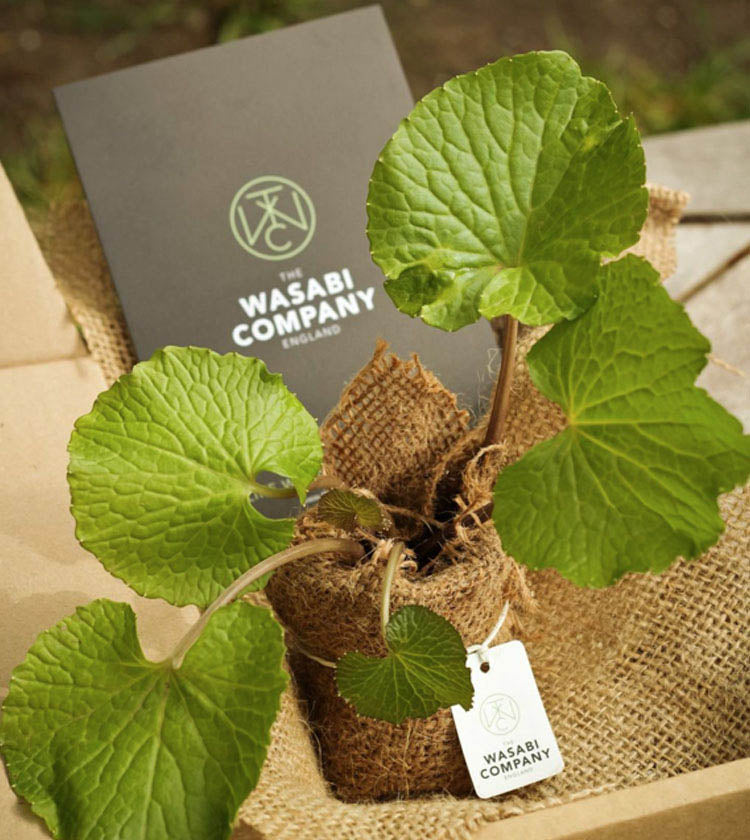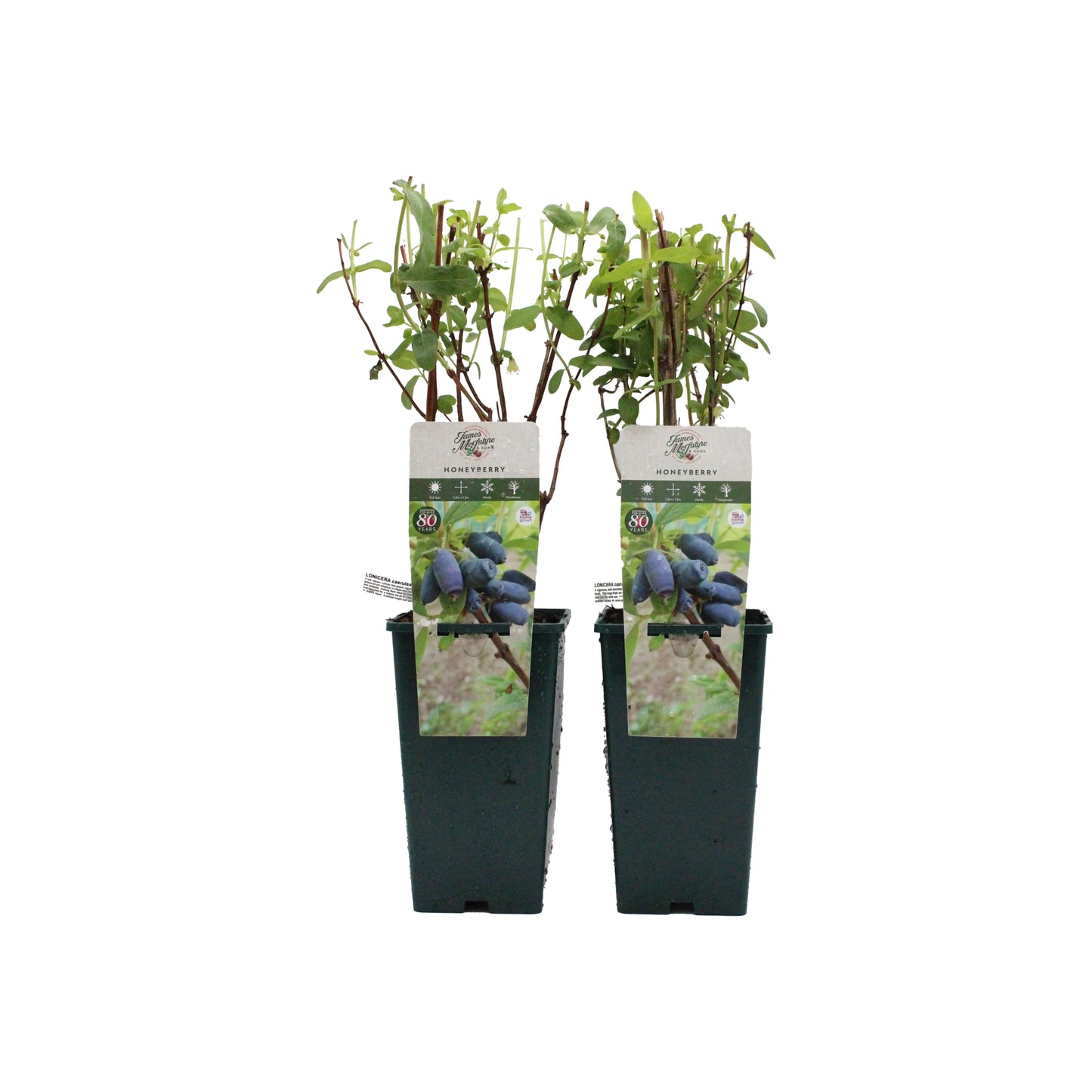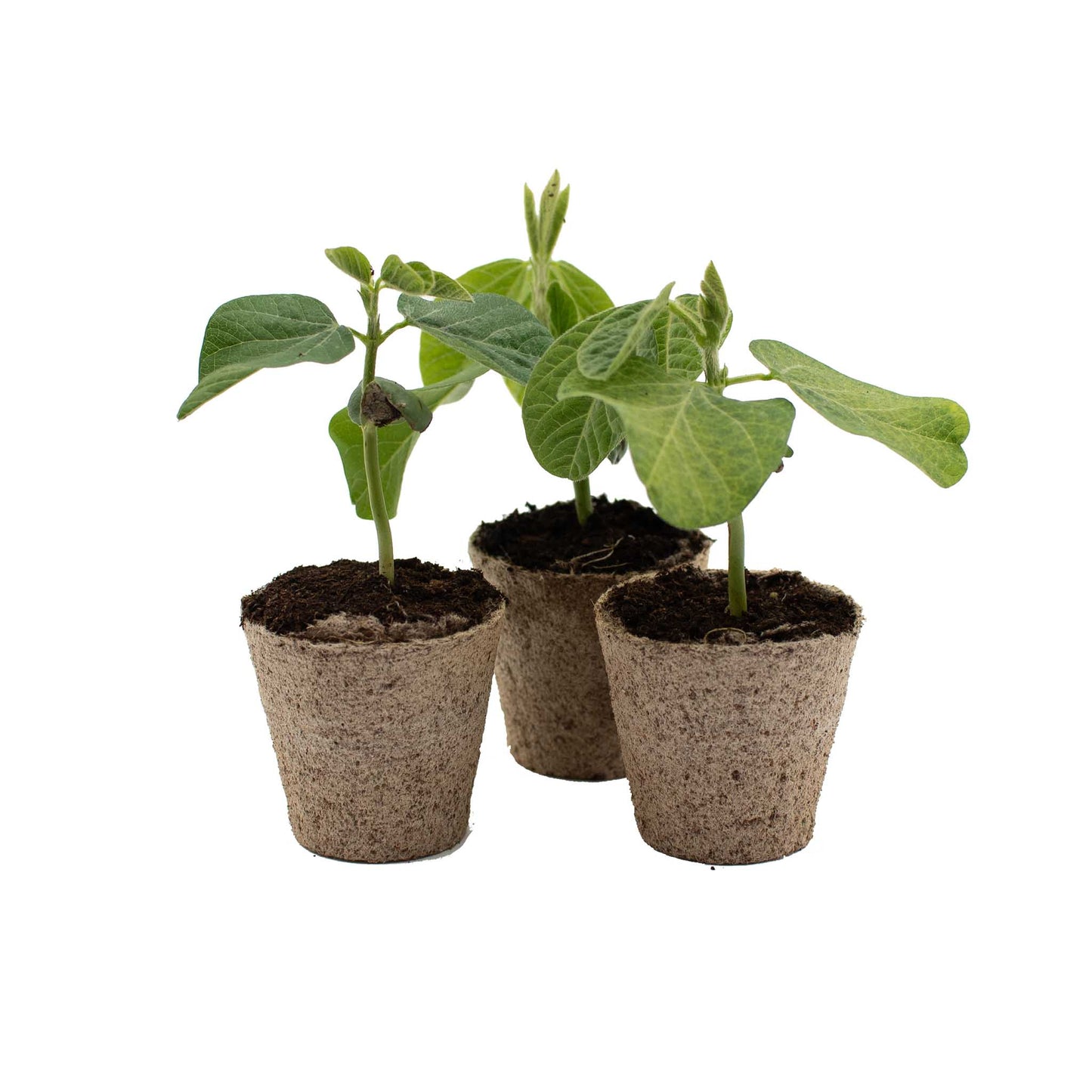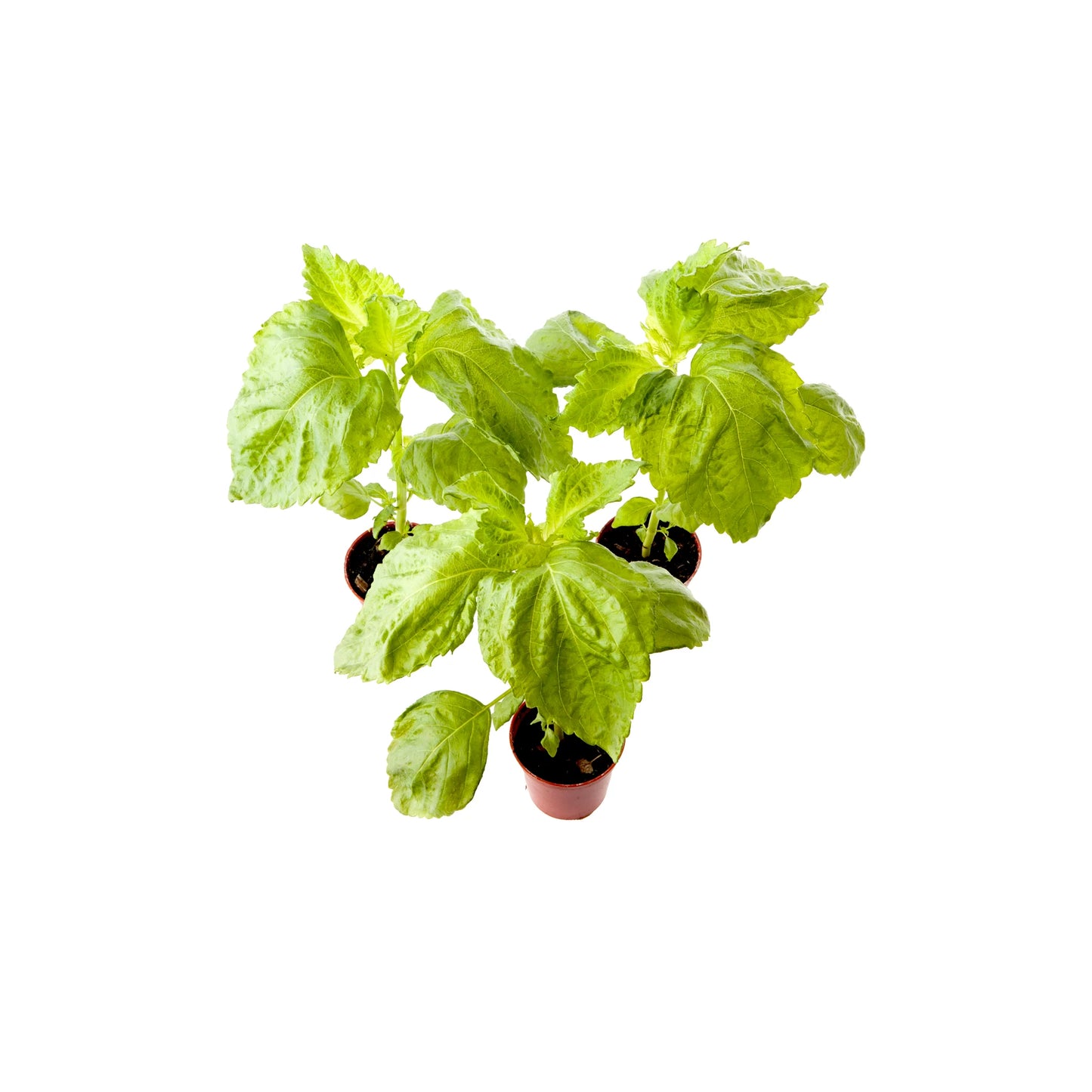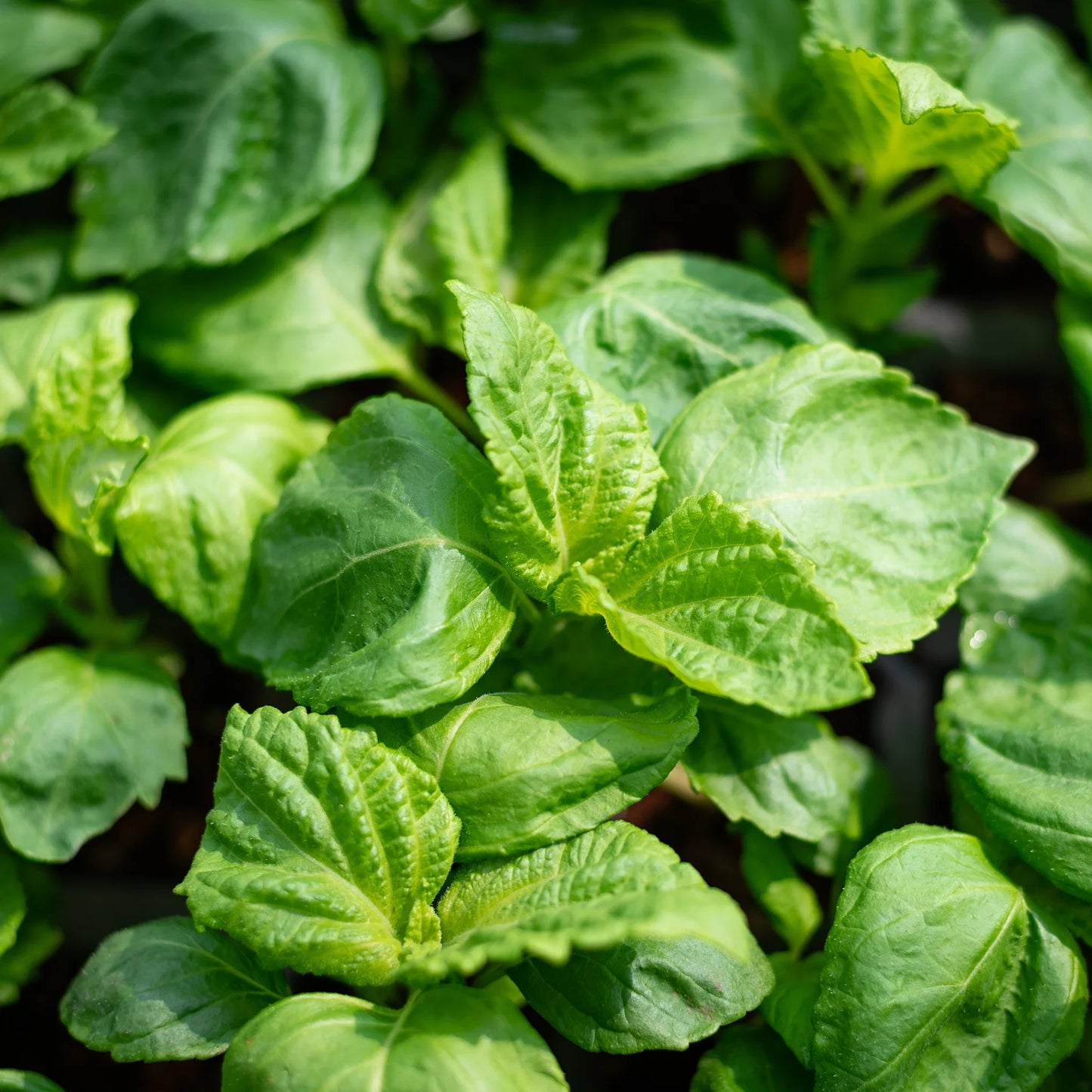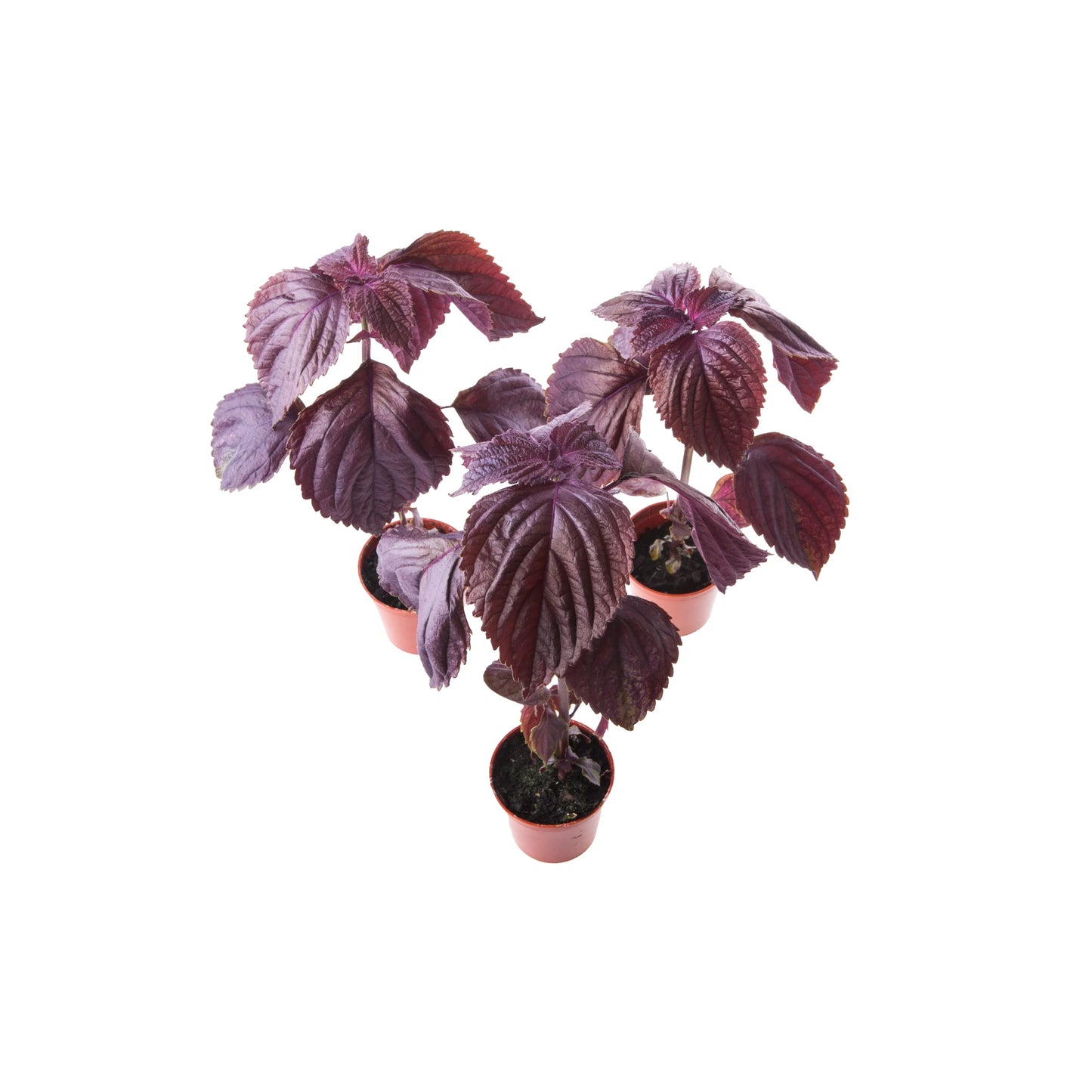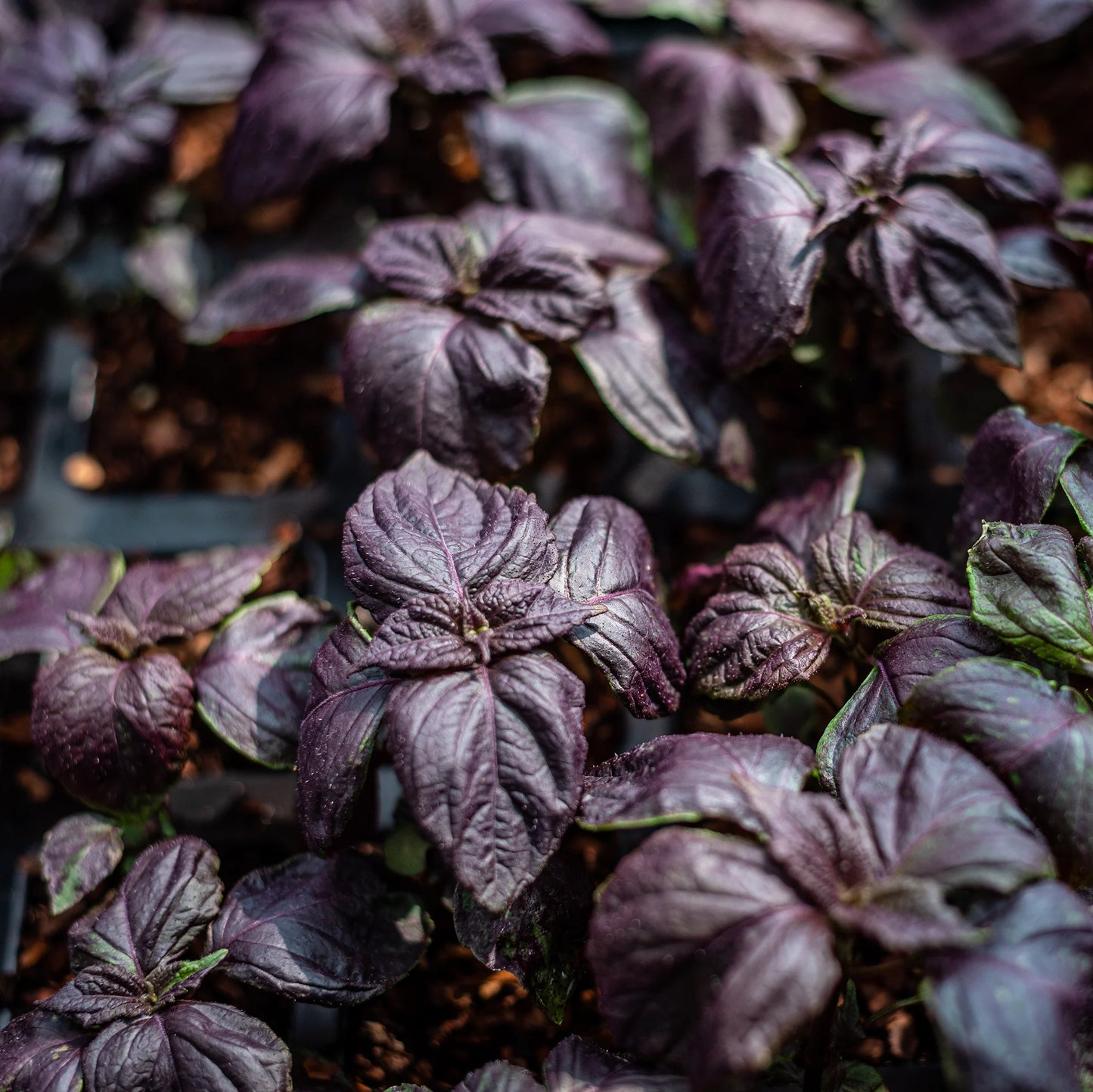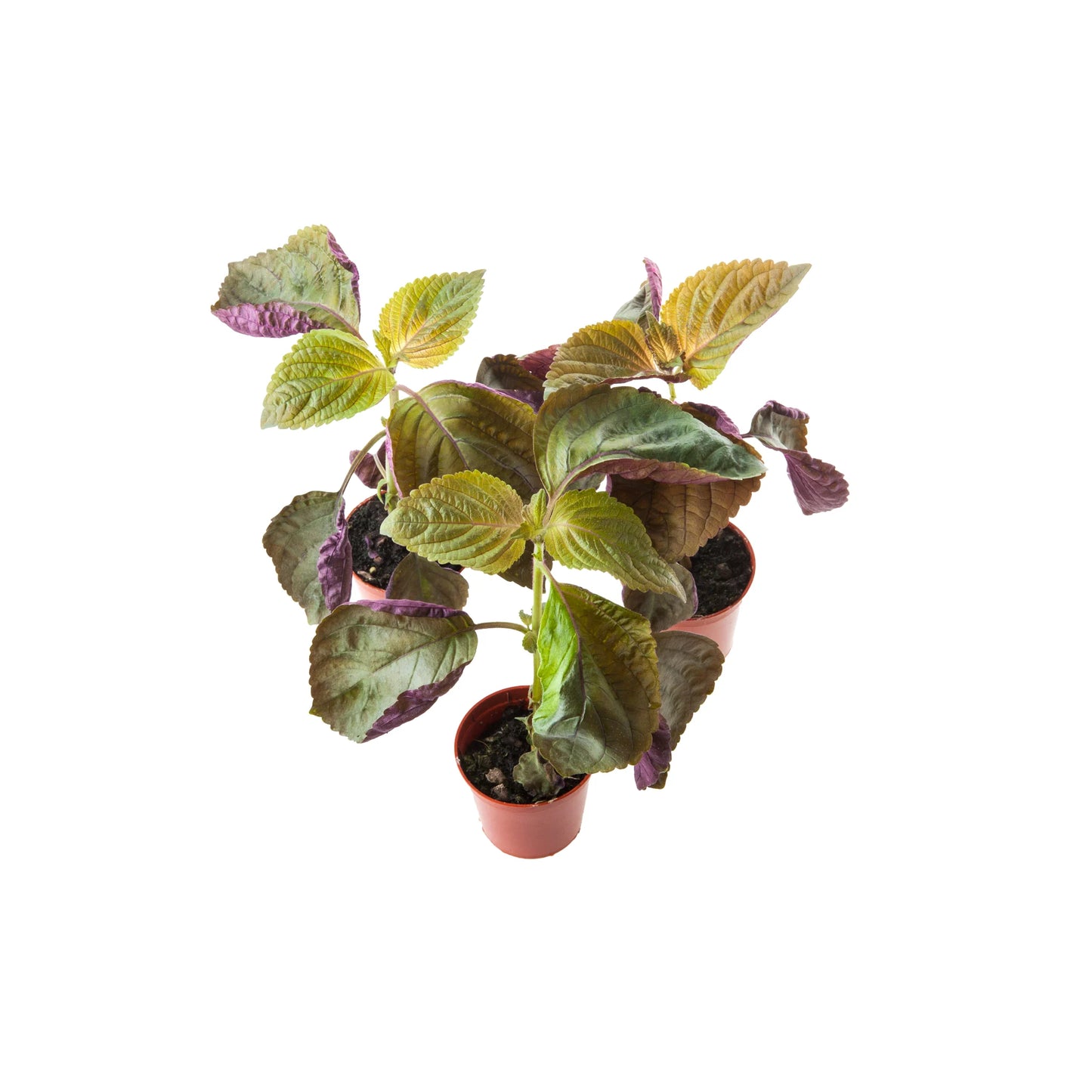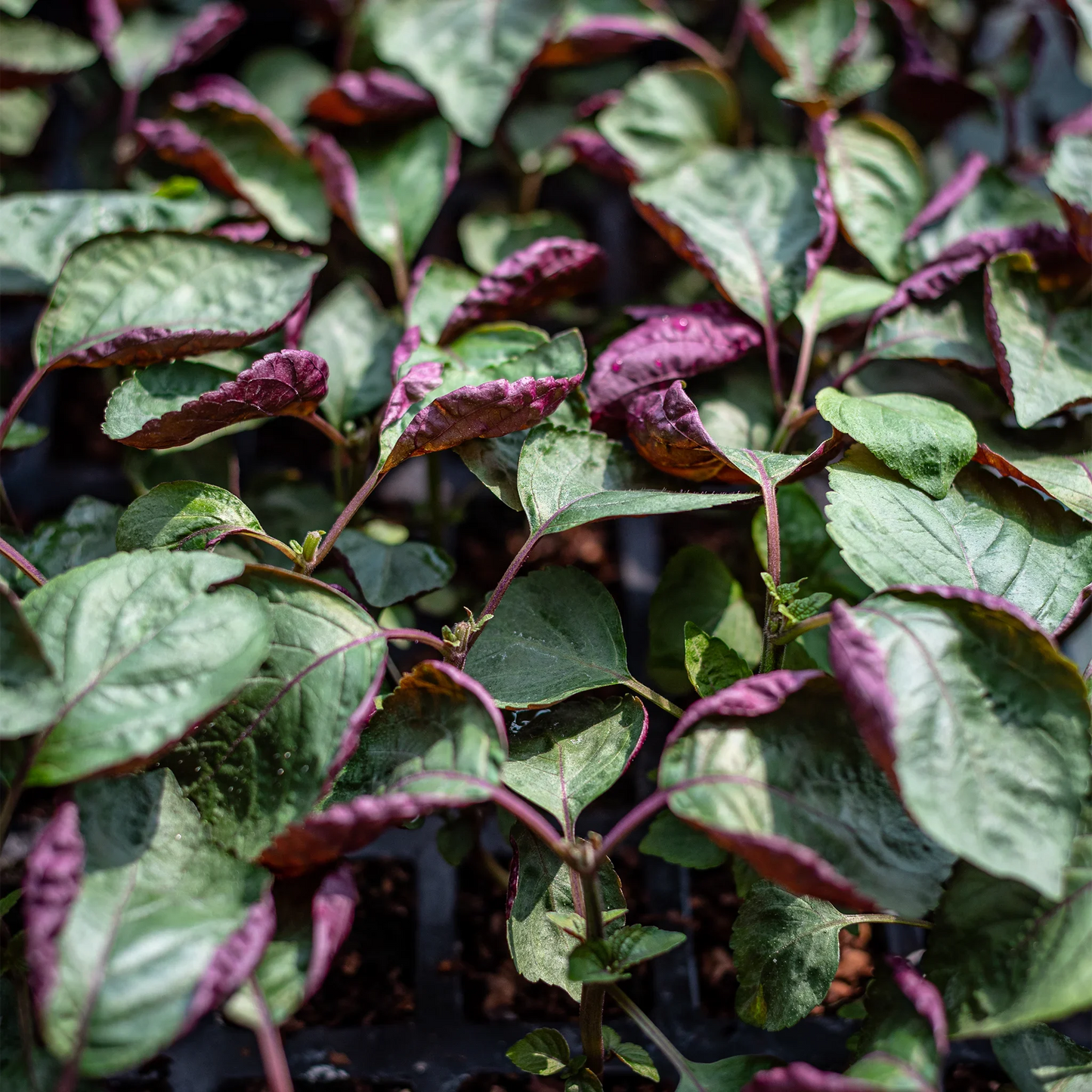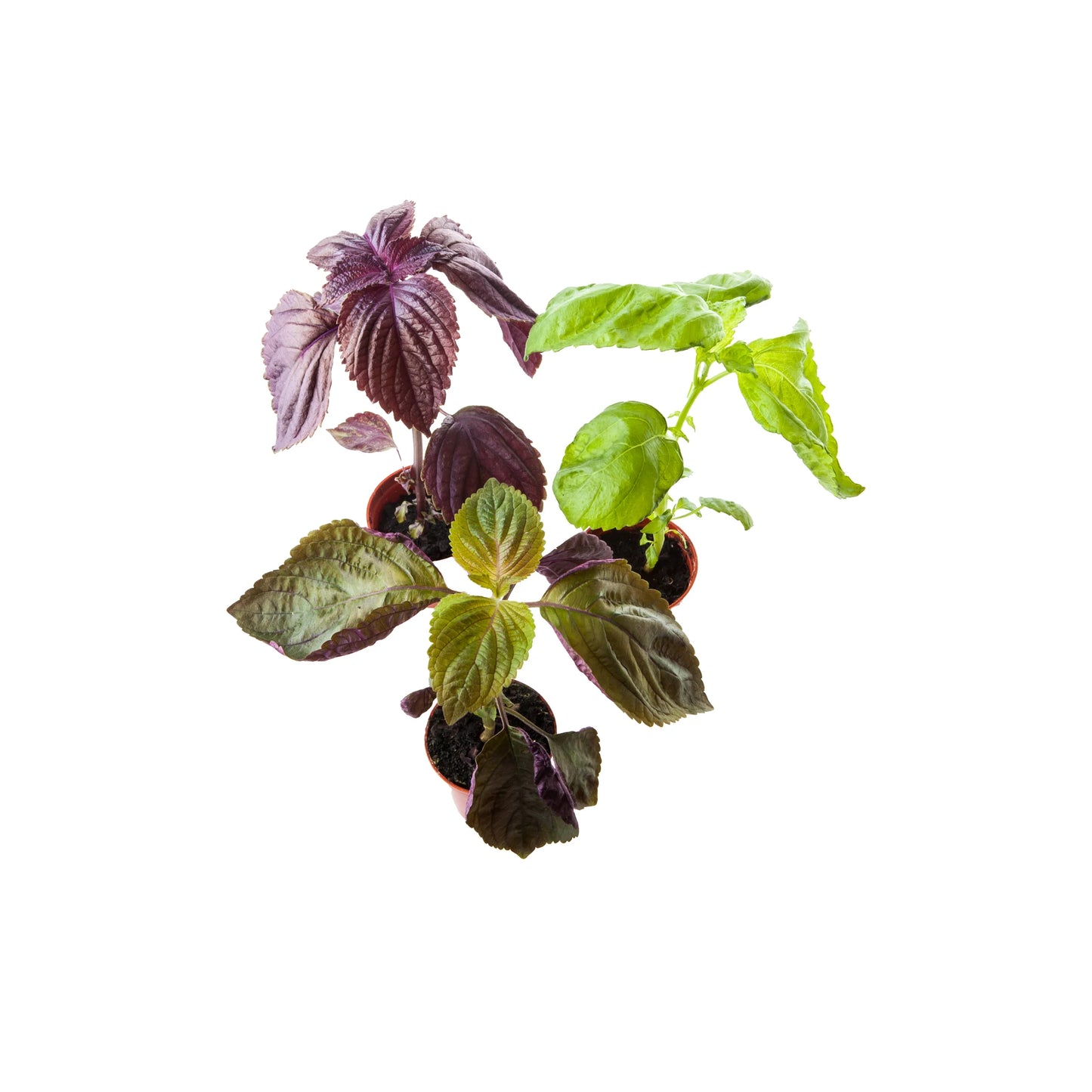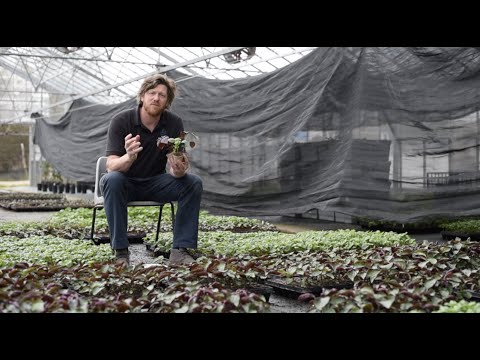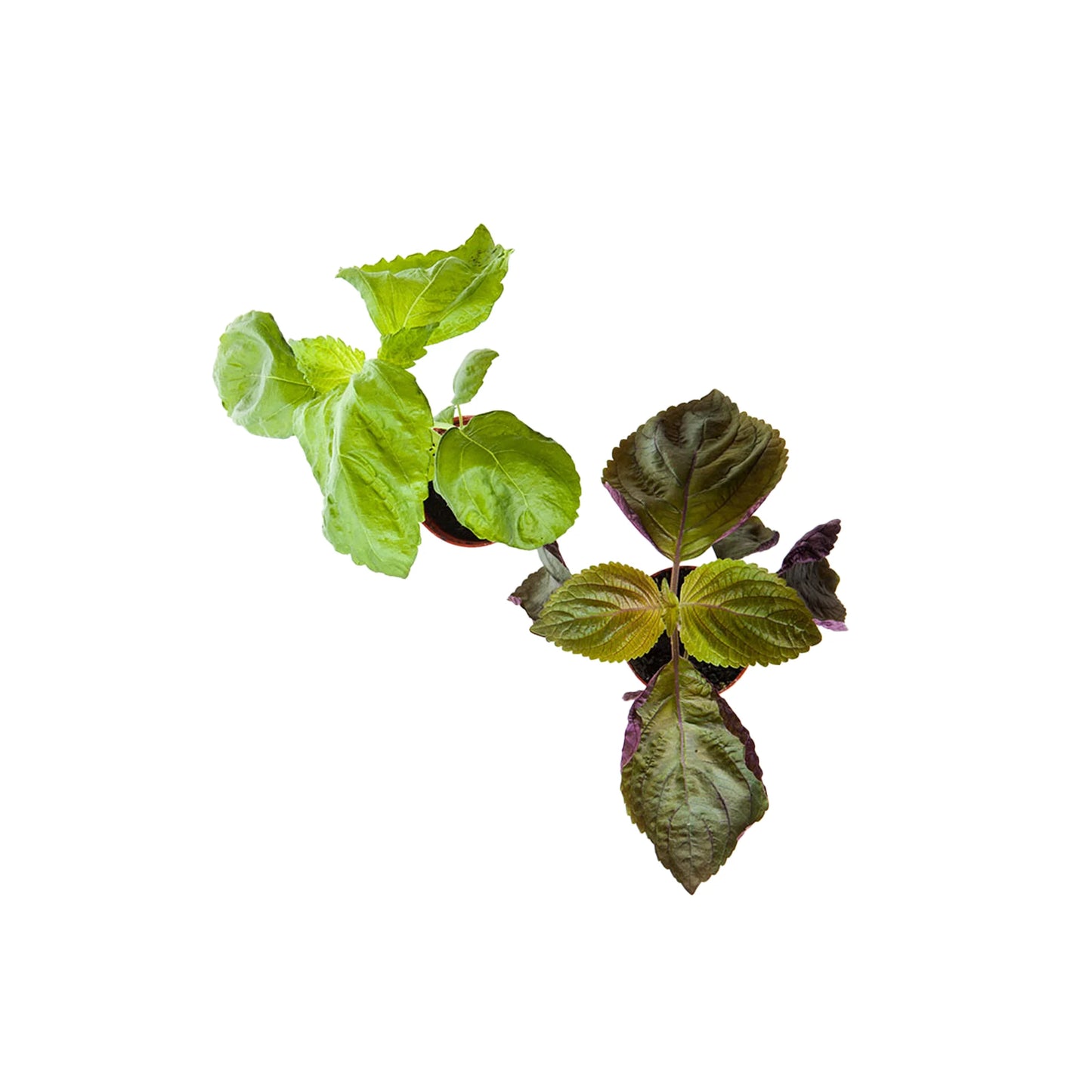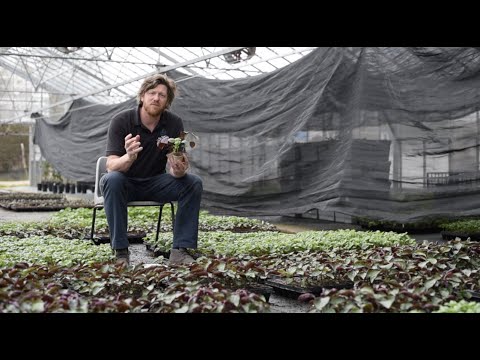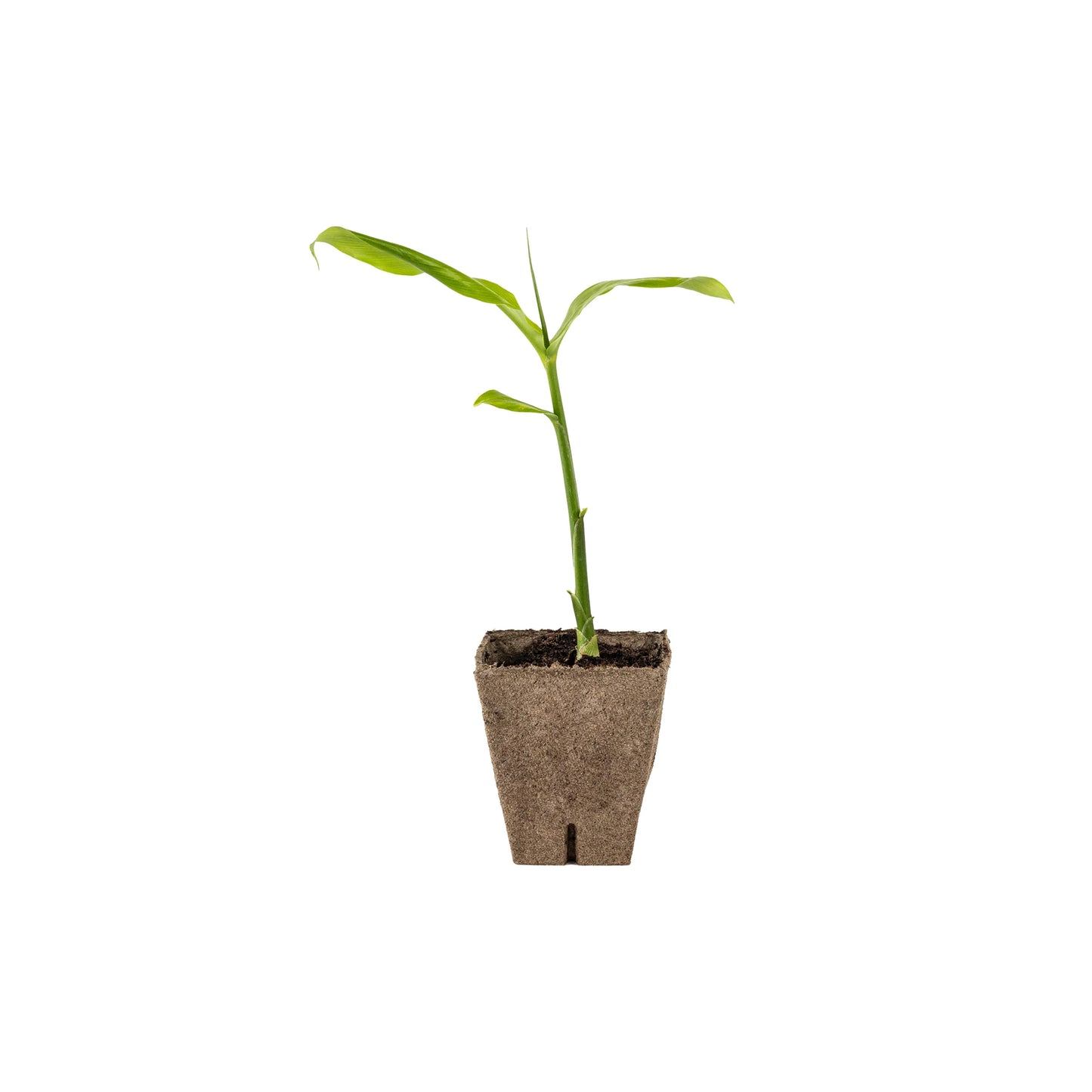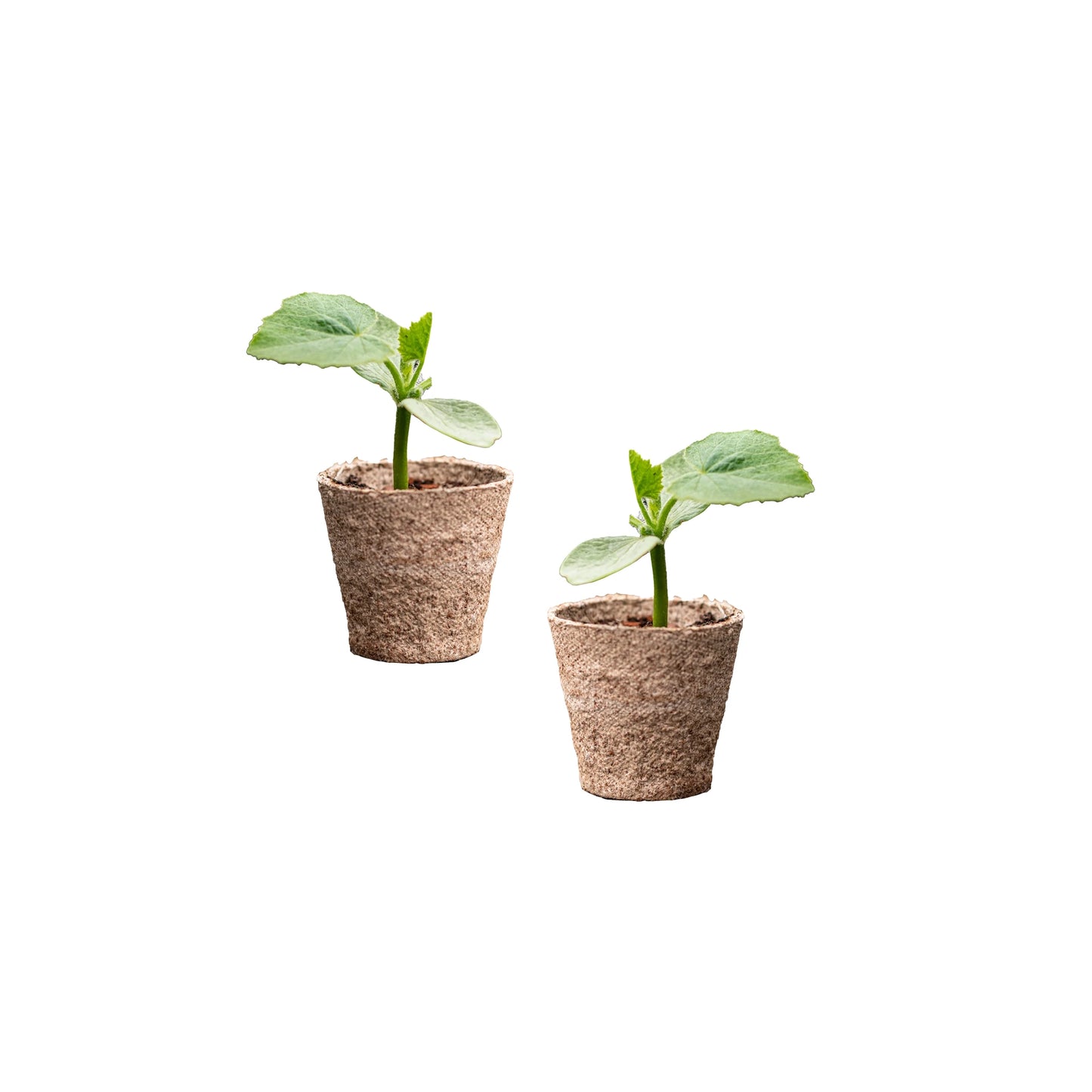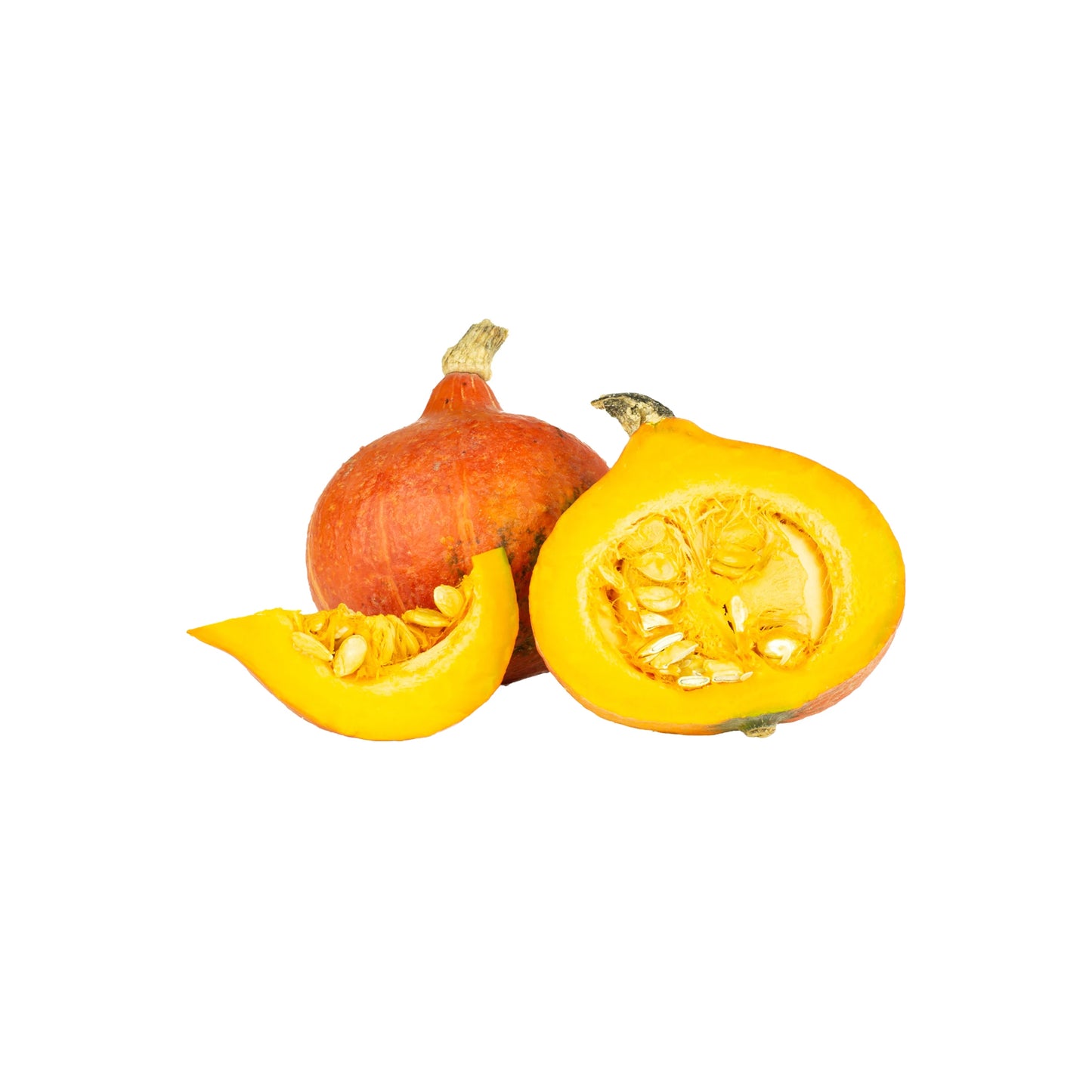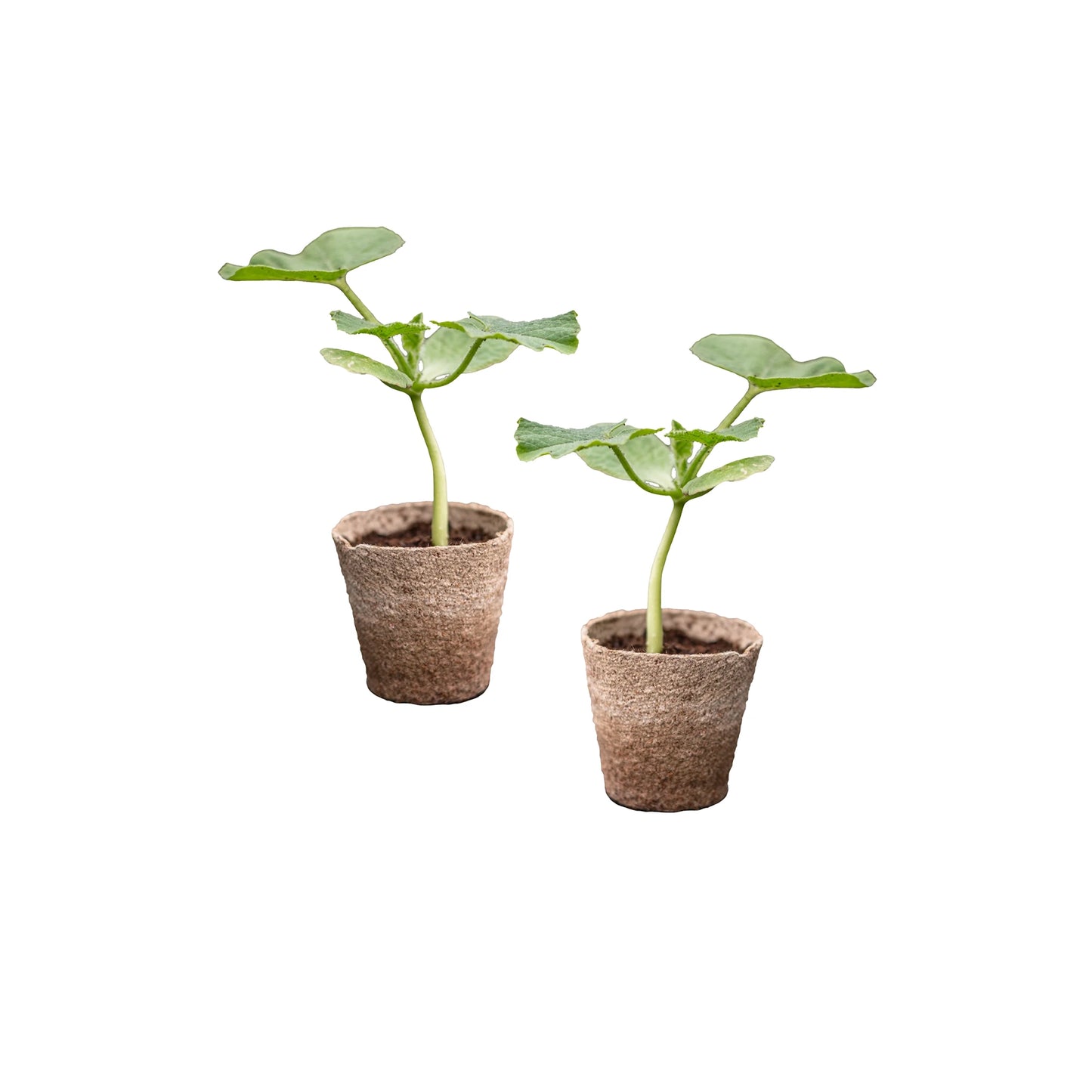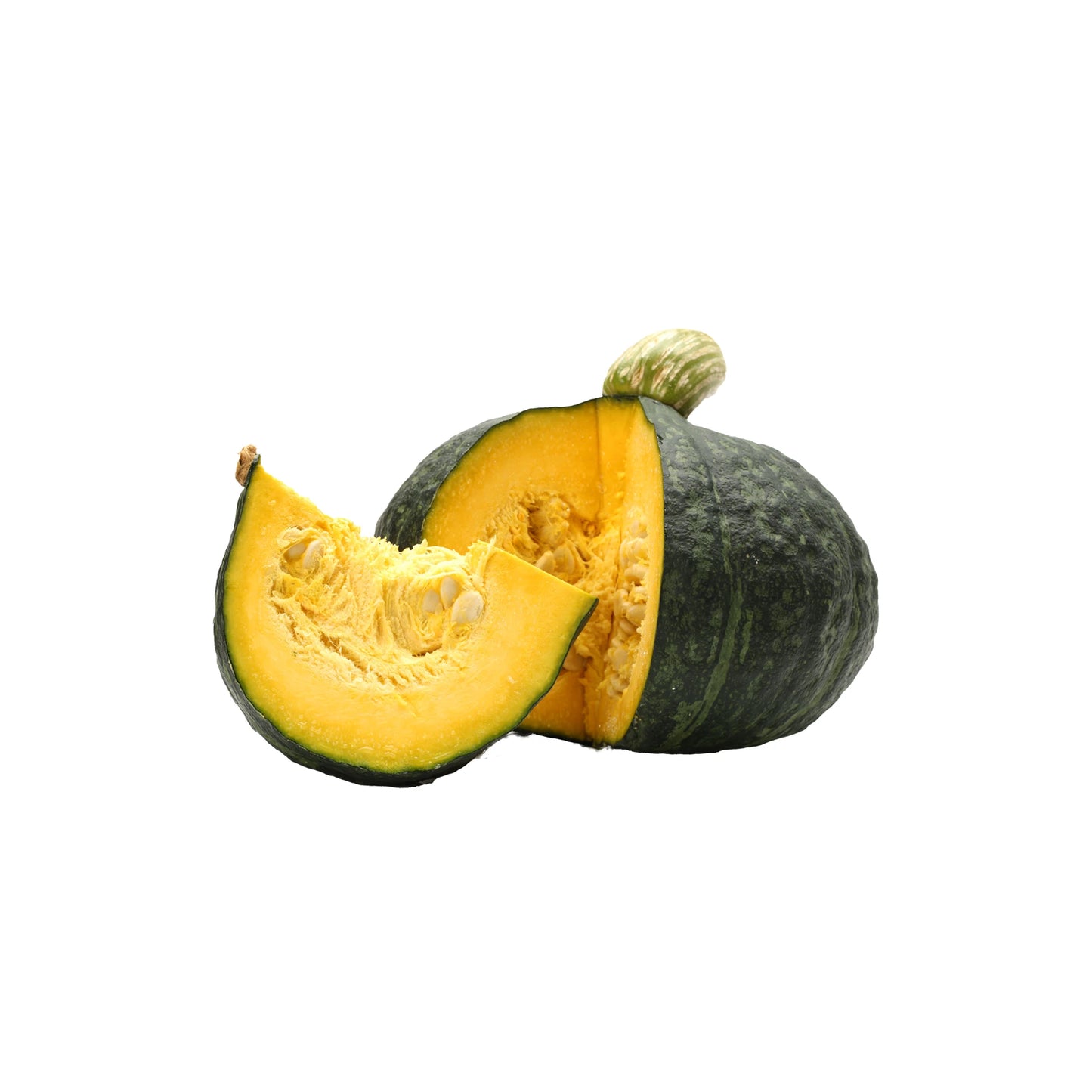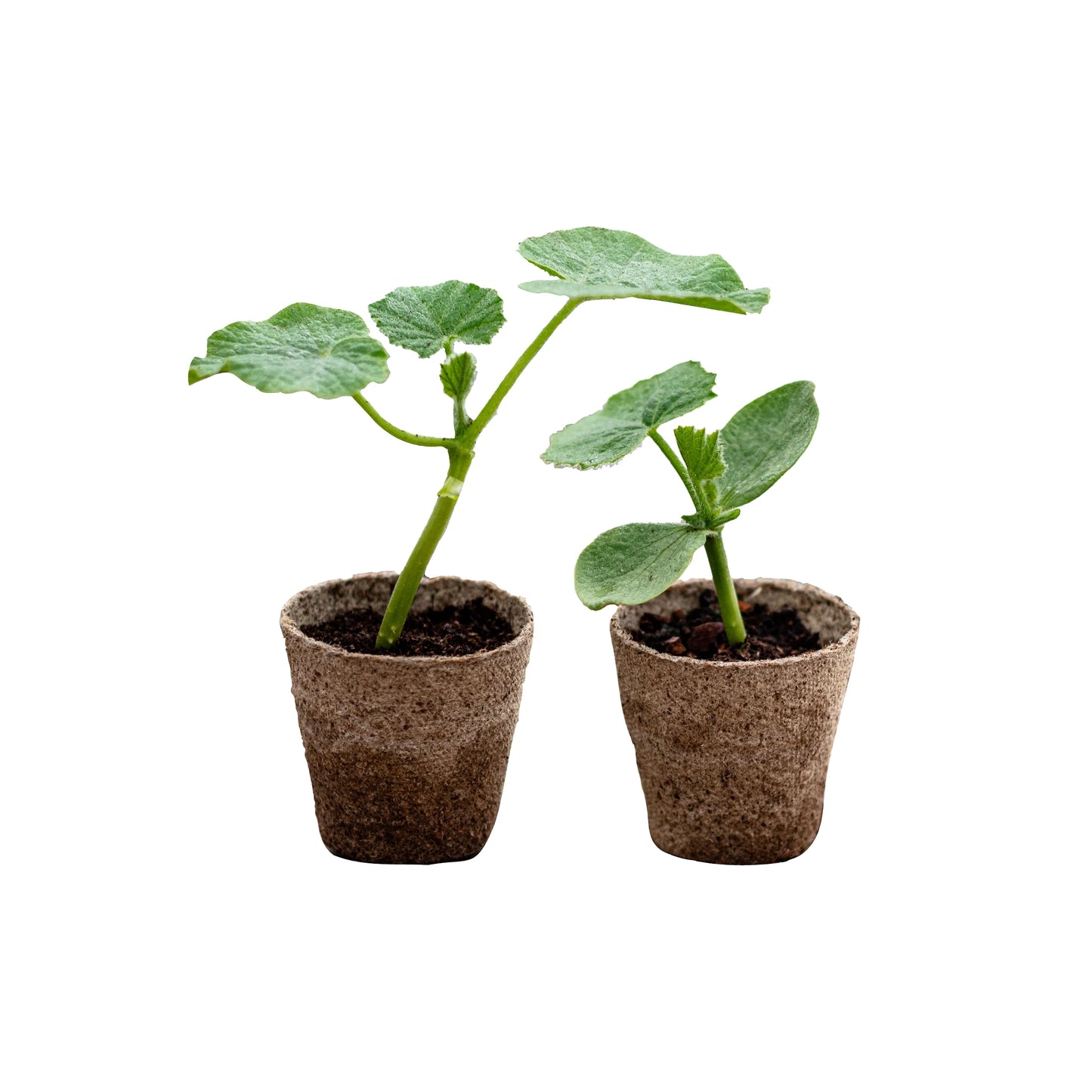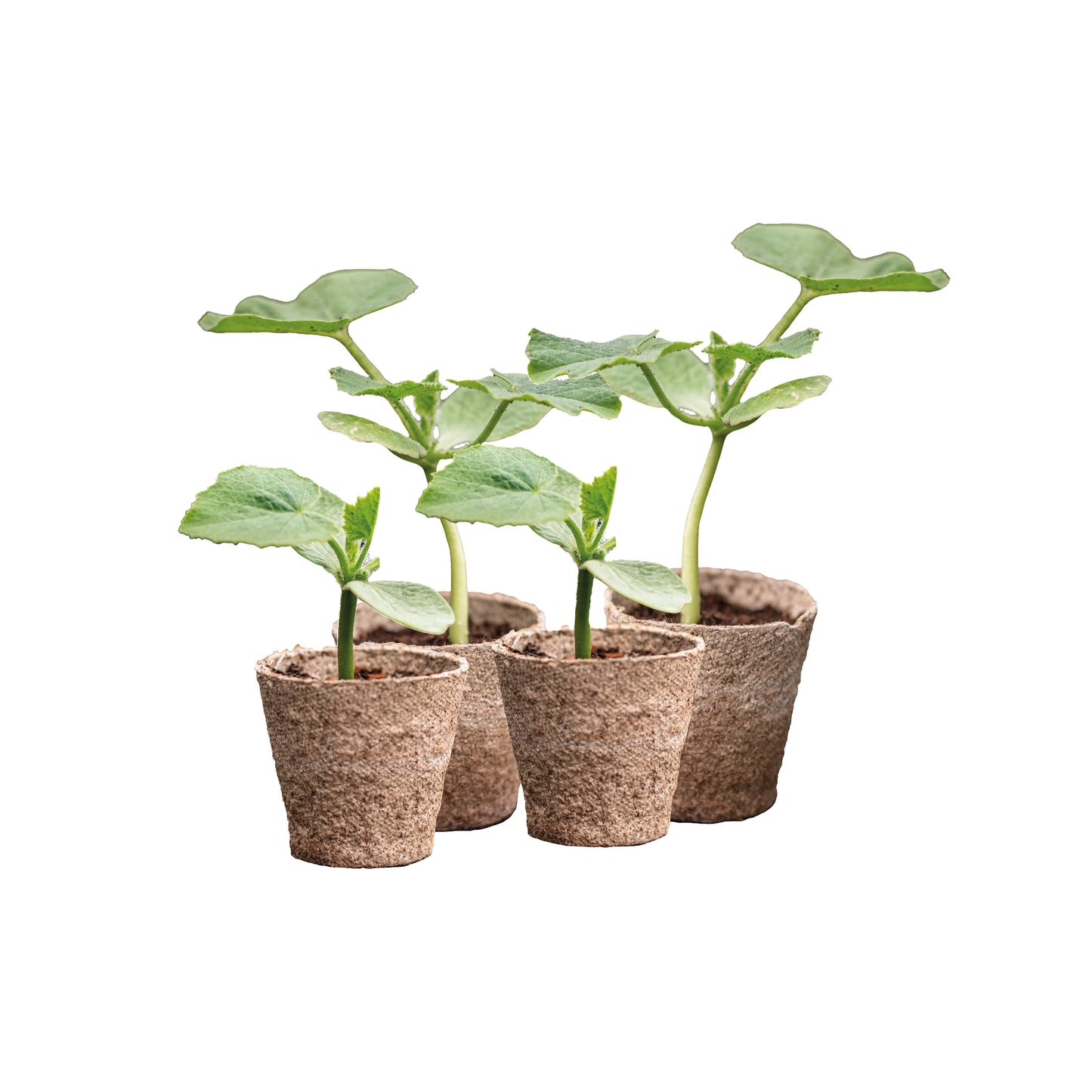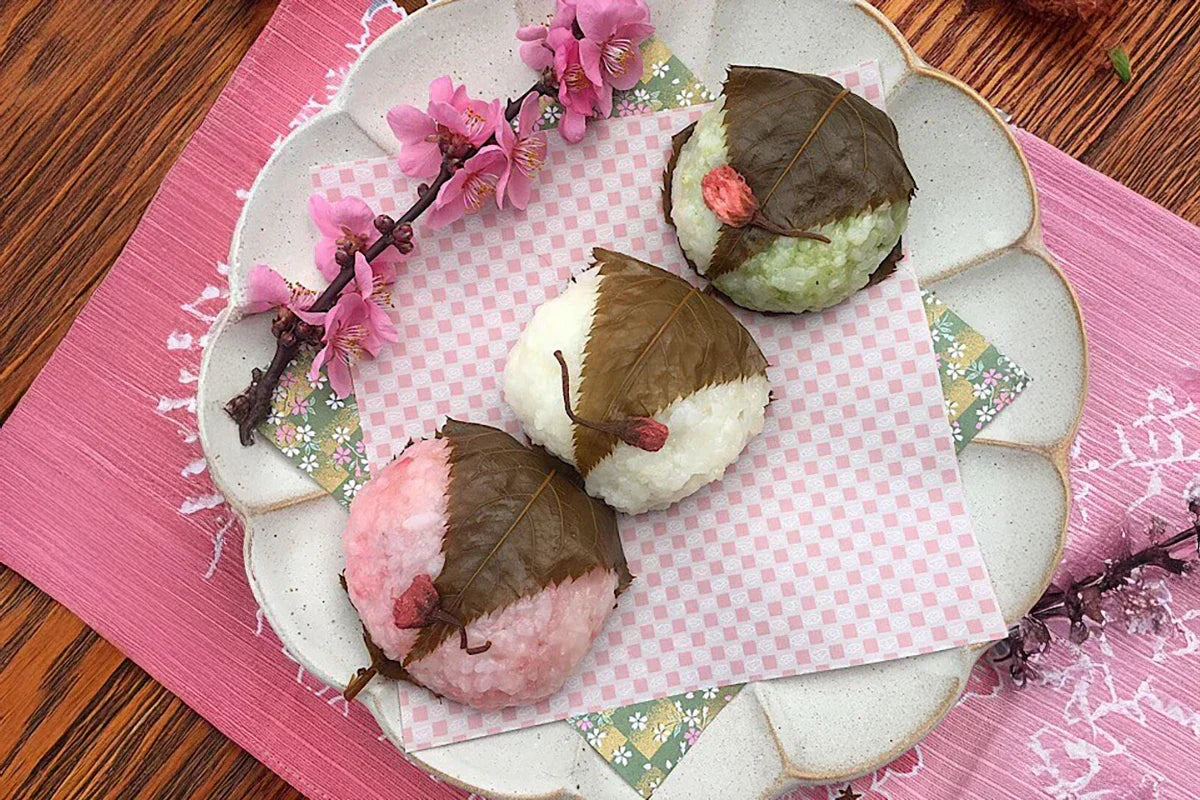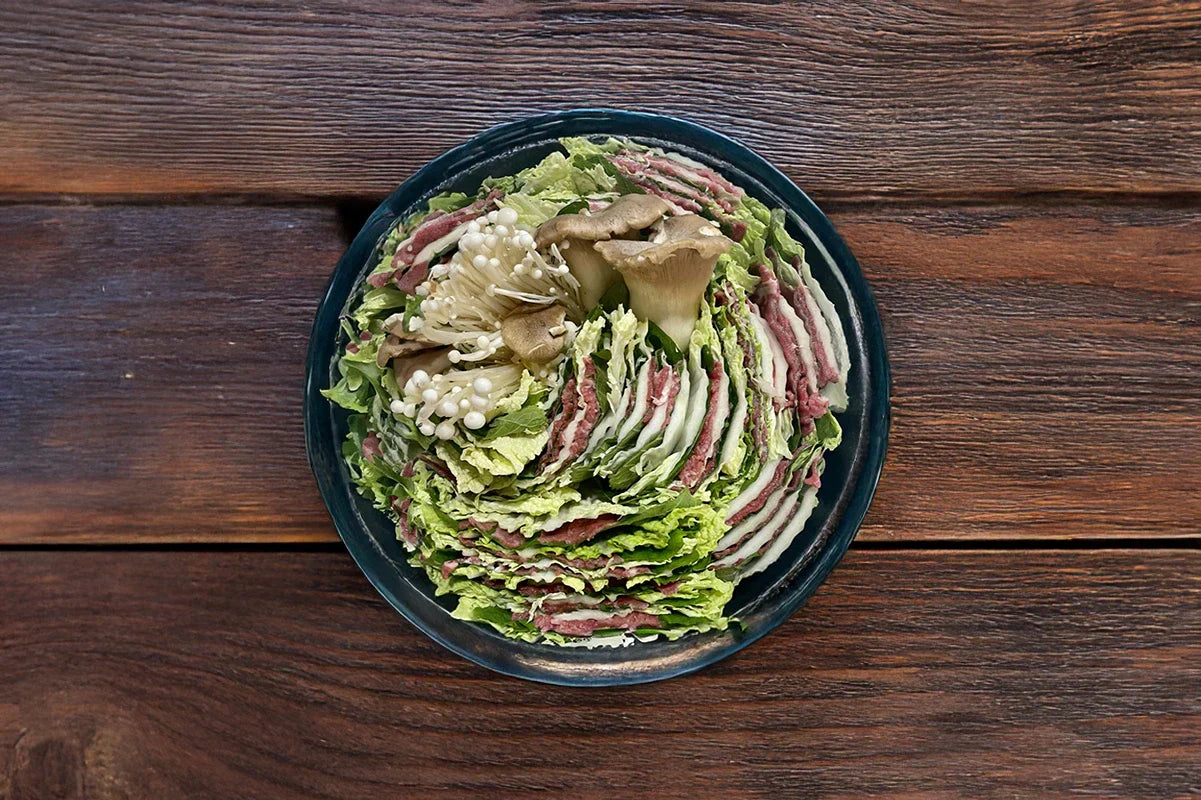Plants & Trees

Award Winning

Sustainable

Growers

Free Delivery
Buy wasabi plants, Japanese citrus trees and other Asian plants
Have you ever wanted to grow your own fresh wasabi? You may be surprised to learn that the UK has ideal conditions for this - and it's not as hard as you think! A wasabi plant is ideal for occupying that shady spot in your garden where not much else will grow.
Did you know? Most Western 'wasabi' paste is actually a mixture of horseradish, mustard and green food colouring. Real wasabi paste is a Japanese delicacy that comes from wasabia japonica, or Japanese horseradish. Fresh wasabi root (actually a stem) has a complex flavour, sweet pungency and fresh taste compared with store-bought wasabi. The leaf stems, wasabi leaves and delicately scented white flowers are all delicious, too.
As well as wasabi plants, we stock Japanese citrus trees such as yuzu trees and Japanese bitter orange trees, sansho and Szechuan pepper trees, shiso and edamame bean plants and more. Our plants are limited to seasonal availability - if we don't have something in stock, you can sign up for email alerts on all product pages.
Get inspired with some recipes
Sakura Mochi Recipe
A mochi rice cake with a sweet red bean paste filling and wrapped in a salted pickled Sakura leaf and...
Ponzu Avocado Toast Recipe
Upgrade your classic avocado toast with the citrusy, umami-packed kick of Yuzu Kosho Ponzu or the sweet-tangy depth of Kito...
Mille-Feuille Nabe (Layered Hot Pot) Recipe
Mille-feuille nabe is a beautifully layered Japanese hot pot made with napa cabbage and thinly sliced pork belly, simmered in...
Sakura Mochi Recipe
A mochi rice cake with a sweet red bean paste filling and wrapped in a salted pickled Sakura leaf and topped with a preserved or dried cherry blossom flower
Ponzu Avocado Toast Recipe
Upgrade your classic avocado toast with the citrusy, umami-packed kick of Yuzu Kosho Ponzu or the sweet-tangy depth of Kito Yuzu & Tomato Ponzu.
Mille-Feuille Nabe (Layered Hot Pot) Recipe
Mille-feuille nabe is a beautifully layered Japanese hot pot made with napa cabbage and thinly sliced pork belly, simmered in a savoury dashi broth.


